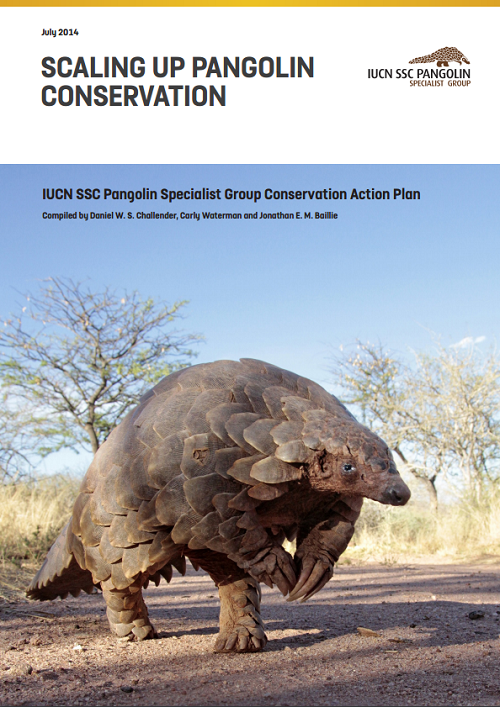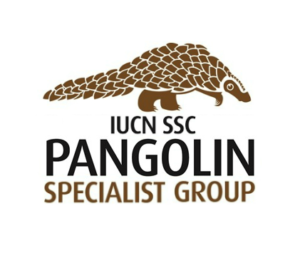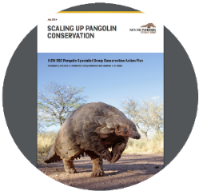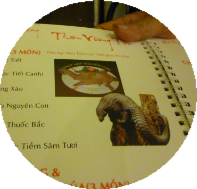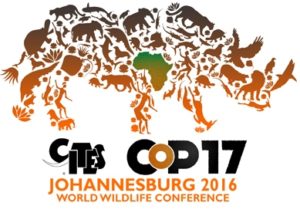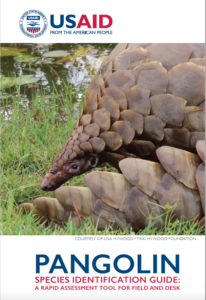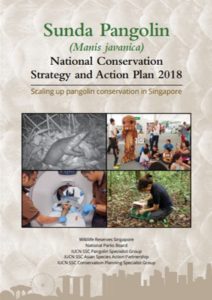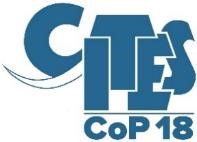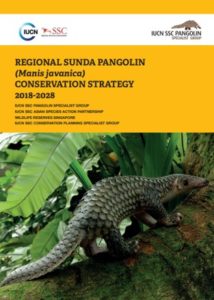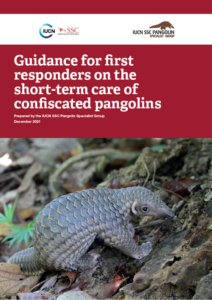As part of the IUCN Species Survival Commission (SSC) Network, the Pangolin Specialist Group follows the Species Conservation Cycle—Assess, Plan, Act, which is the conceptual framework for the SSC. Its main purpose is to guide efforts for valuing and conserving biodiversity through three essential components that are linked to each other.
Assess
Understand and inform the world about the status and trends of biodiversity.
Each species of pangolin has been assessed for the IUCN Red List, and their statuses are below.
Click on a species to read the IUCN Assessment.
Monitoring pangolin populations is important in order to inform local to international management and conservation efforts, and for evaluating conservation impact. Pangolins are heavily hunted and poached in Africa and Asia for their meat, scales, and other body parts, both for local use and international trafficking , and all eight species are threatened with extinction. An impediment to targeted and effective conservation action for the species is lack of knowledge of populations at sites and in areas where they occur.
© Helena Atkinson
This knowledge, including how many individuals exist within sites, and at the national and international level, would enable conservationists, protected area managers, practitioners, and researchers to better understand populations and the extent and impact of exploitation, and facilitate the identification and prioritisation of key sites for the conservation of each species. The need for population monitoring methods for pangolins has long been recognised (e.g., within CITES), and is captured in CITES Res. Conf. 17.10 on Conservation of and trade in pangolins, and in action plans developed for the species.
In 2017, the Pangolin Specialist Group initiated a body of work to advance the development of monitoring methods for pangolins. This entailed conducting two systematic literature reviews and holding an expert workshop to explore opportunities for monitoring the species and evaluate the potential of different monitoring approaches and sampling methods. Outputs from this work include a guidance document, which presents sampling methods with established, potential and theoretical application to the different species of pangolin and guidance on their implementation.
Click on the buttons below to download the relevant document.
Links to the two systematic literature reviews conducted to inform the workshop are also below. A related paper on the use of camera trap bycatch to monitor pangolins is also relevant and is accessible below.
N.B. The guidance documents in French and Portuguese include translation to these languages in Section 6 only.
Methods for monitoring populations of pangolins (Pholidota: Manidae)
IUCN SSC Pangolin Specialist Group and IUCN Global Species Programme, 2018
Evaluating methods for detecting and monitoring pangolin (Pholidata: Manidae) populations
Willcox, et al., 2019
Evaluation of the application of methods used to detect and monitor selected mammalian taxa to pangolin monitoring
Ingram, et al., 2019
Pangolins in global camera trap data: Implications for ecological monitoring
Khwaja, et al., 2019
Plan
Develop collaborative, inclusive and science-based conservation strategies, plans and policies.
In 2014 the Pangolin Specialist Group launched a global conservation action plan, ‘Scaling up Pangolin Conservation’, which outlines actions that critically require implementation in order to conserve pangolins.
Click the image on the right to view our global action plan.
Additionally, a number of regional and national action plans have been developed in collaboration with our members and government representatives from relevant pangolin range states, local NGOs and other experts. A number of action plans have also been developed by governments agencies and their collaborators independently. The action plans are available to download by clicking on the buttons below.
We encourage and provide technical advice and support for the development of species-specific, national and regional conservation action plans. Please contact us if you would like our support.
Act
Convene and mobilise conservation actions to improve the status of biodiversity.
Member projects
The below map shows projects being undertaken by Pangolin Specialist Group members, categorised by project theme: ecology and conservation, rehabilitation and release, combating illegal trade, education and awareness-raising, and finally, projects that have multiple themes. Click on the pins to find out about each project. For more information about individual projects or to make a donation, follow the links in the pop-up boxes.
Alternatively, use the search function to explore the list of projects. Search by country, key word or organisation name.
Achievements

 Phataginus tetradactyla
Phataginus tetradactyla
 Manis pentadactyla
Manis pentadactyla
 Smutsia gigantea
Smutsia gigantea
